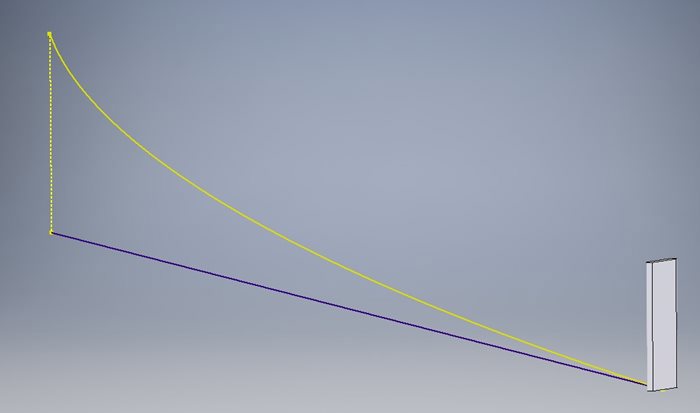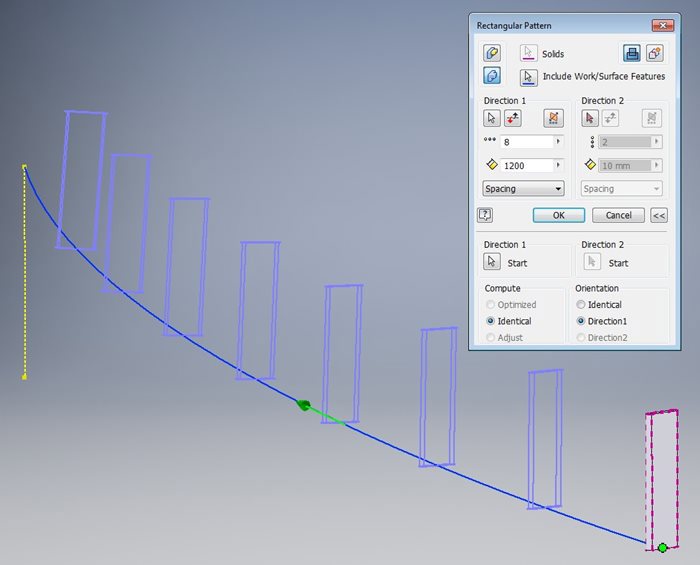Cracks in the System
Cybersecurity threats don’t always kick the door down—sometimes, they slip in through the cracks. This month, we’re spotlighting three subtle but serious security risks that could be undermining your defences right now.

We like a challenging support call at Symetri towers!
The aim was to pattern some stanchions for a handrail in Autodesk Inventor, with the path defined by a curve in a 3D sketch.

Hold on – I know what you’re thinking – the rectangular pattern tool does that! Well it does indeed, but if you’re using a 3D sketch curve instead of 2D, it can get a little confused about the orientation of the patterned elements, even with the ‘Orientation’ set to ‘Direction1’ as shown below.

You see how the patterned features are tilting as we move along the 3D curve?
I guess its unavoidable – after all – we’re only using a single curve to define the orientation of the features; really it would be nice to be able to use a ‘guide surface’ – much like we can for a sweep feature.
So can we use a guide surface for a patterned feature?
If you’re using Autodesk Inventor 2017 or newer, then good news, your subscription pennies have paid off – you can use the ‘Sketch Driven’ pattern feature. Hooray!
Check out the video for a step by step walkthrough.
Note: the below webinar recording was created by Excitech prior to becoming Symetri in January 2021, following its acquisition by Addnode Group. All Excitech products, services and solutions mentioned in this recording are available through Symetri.

By the way – this trick will also work with patterned components in assemblies – try it out!
Cybersecurity threats don’t always kick the door down—sometimes, they slip in through the cracks. This month, we’re spotlighting three subtle but serious security risks that could be undermining your defences right now.
As 2025 comes to a close, we’re looking back at some of the most impactful cyber threats of the year and more importantly, what they reveal about the challenges ahead. From ransomware tactics to AI-driven phishing and risky app integrations, this round-up highlights where businesses have been most vulnerable and how you can strengthen your defences in 2026.
Learn what Product Lifecycle Management (PLM) is and how it helps teams manage product data, processes, and collaboration across the lifecycle. Discover the key benefits and PLM tools driving innovation.
